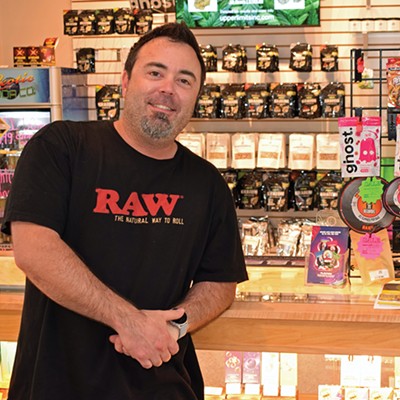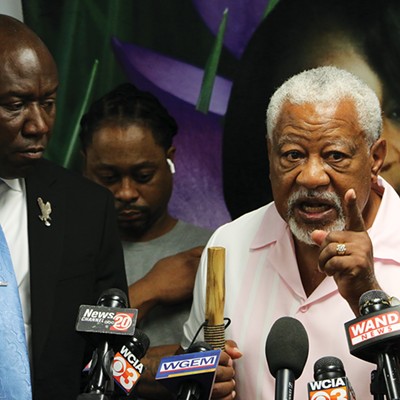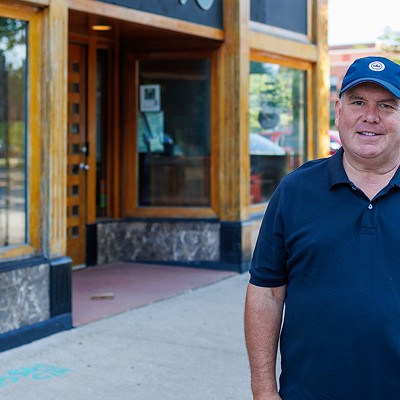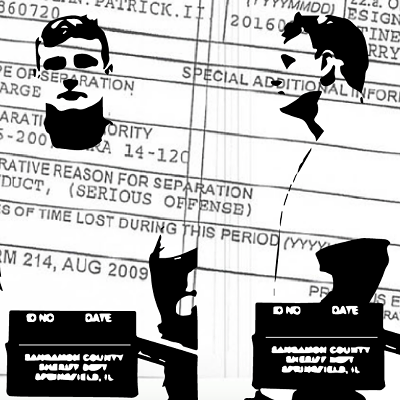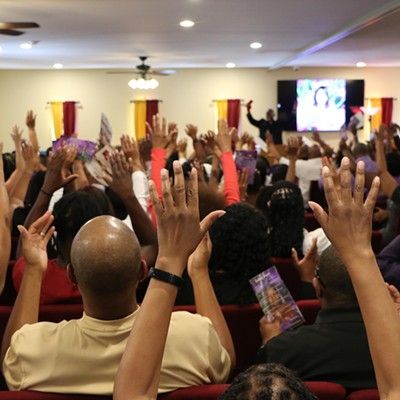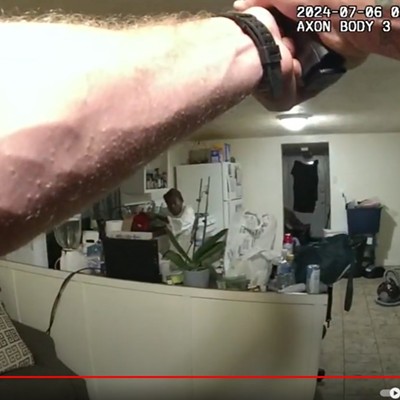The underground railroad was a secret collection of safehouses used by runaway slaves before the Civil War to escape bondage. Harboring escaped slaves was a criminal offense, so written records of underground railroad activity are scarce.
State Sen. Doris Turner, D-Springfield, has cosponsored a bill to create the Illinois Underground Railroad Task Force charged with creating "a cohesive statewide history of the underground railroad in Illinois while creating new educational and tourism opportunities for the state."
Although nominally a free state, Illinois in the early 1800s required free African Americans settling in the state to register, penalized people who hired Black workers without proper documentation, made it a crime to bring slaves into the state for the purpose of freeing them, and required white residents to arrest any Black people they encountered without papers and deliver them to the local authorities.
Illinois College became a key transit point of the underground railroad after its founding in 1829 by a group of antislavery theologians from Yale University. The first president of Illinois College was minister and abolitionist Edward Beecher, brother of Harriet Beecher Stowe, who wrote Uncle Tom's Cabin. Beecher Hall, named in honor of president Beecher and the oldest college building in Illinois, houses underground railroad memorabilia and can be toured by appointment.
Two Illinois College students involved with the underground railroad had later ties to Abraham Lincoln and Springfield. Samuel Willard was studying medicine at the college when he was prosecuted for helping a runaway. In his memoirs, Willard relates that he and his father tried to hire a couple of prominent attorneys in Springfield, who refused. When Lincoln was proposed, a friend of the elder Willard "dismist him with the remark that he had not any reputation, and we wanted a man of note." William Herndon, who became Lincoln's law partner for 20 years, spoke at an antislavery rally while a student at the college. His father made him withdraw as a result.
Woodlawn Farm, just outside of Jacksonville, was a station of the underground railroad, and is open for tours. It's furnished with period pieces and preserved to represent what it might have looked like in the two decades before the Civil War. The farm was owned by Michael Huffaker, one of the wealthiest men in the county. In addition to the main house, there was a clutch of cabins surrounding it occupied by free Black farmhands, which made it easier for runaways to hide in plain sight on their way north.
During a recent tour, guide Barbara Suelter explained that much of what is known about Huffaker's involvement with the underground railroad comes from his granddaughter's recollection of stories told to her by her mother, Fannie, Huffaker's daughter. "She met a Black girl with a baby who showed up to the house late one night," explained Suelter. "The next morning, Fannie was excited to see the baby again, but when she searched the cabins around the house, the girl and her infant couldn't be found. Fannie's mother warned her to never speak of the incident again."
In Sangamon County, the settlement of Farmingdale, about eight miles west of Springfield, was established by a dozen or so families from New England, who very quickly became involved in abolitionist activities. The graves of at least three of the "conductors" of the underground railroad can still be found at the Farmingdale cemetery.
A free Black man named Jameson Jenkins lived just down the block from Abraham Lincoln on Eighth Street in Springfield and was a well-known drayman in town. He transported slaves to Bloomington on at least one occasion in 1850, and newspaper accounts of the time imply that his work with the underground railroad was an open secret.
In a 2020 interview, historian Darrell Dexter pointed out that Illinois' status as a "quasi-slave state" is largely unknown. While slavery was prohibited in the state by the Northwest Ordinance, settlers already in the state with slaves were allowed to keep them. In 1803, the state allowed indentured servitude for a period of 99 years, and the state enforced fugitive slave laws. And while the 1848 Illinois Constitution finally abolished slavery in the state, in 1853 settlement of African Americans in Illinois was made a crime.
The legislation proposed by Turner is designed to make some of that hidden history more accessible, and allow people to better connect the various underground railroad sites in Illinois.
Don Howard is an intern at Illinois Times while completing his master's degree in Public Affairs Reporting at the University of Illinois Springfield. He can be reached at [email protected] or 336.455.6966.




